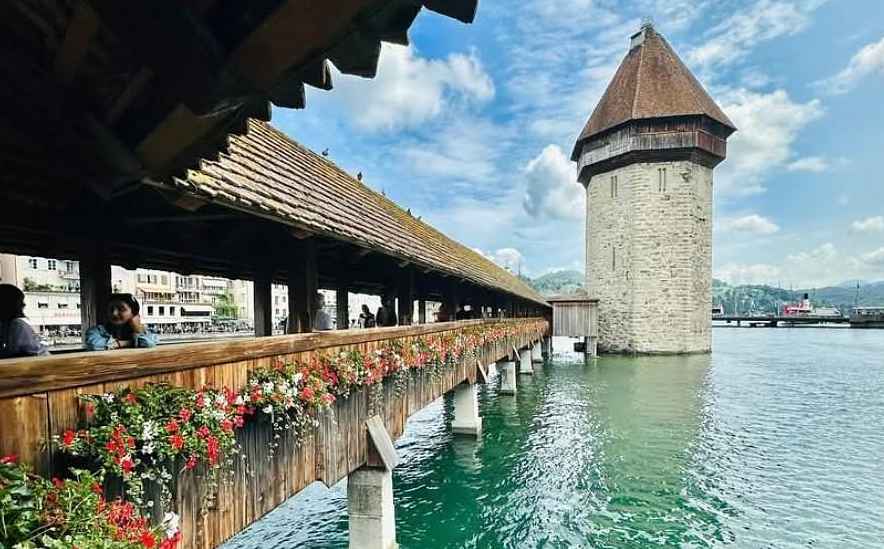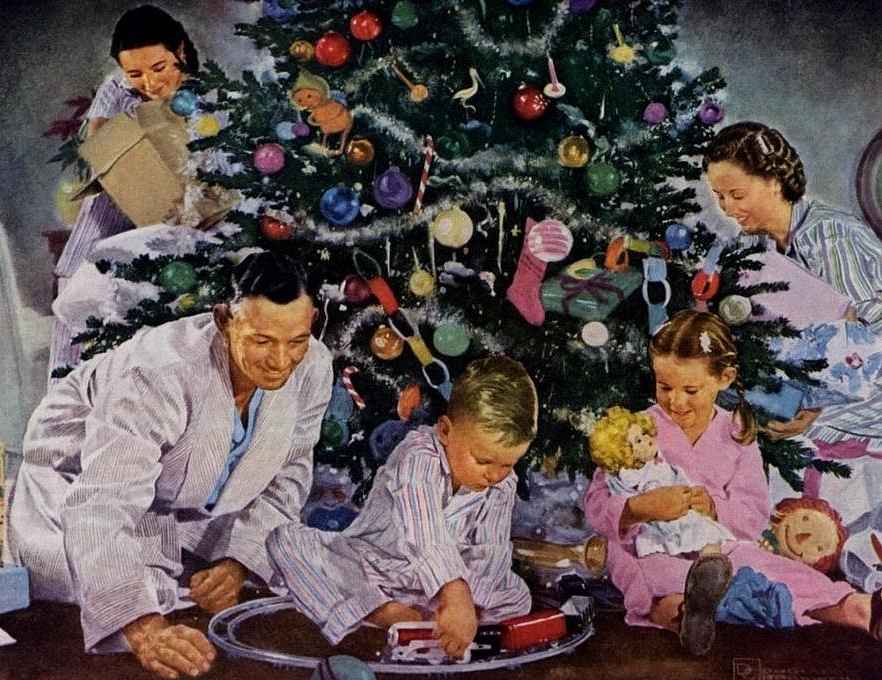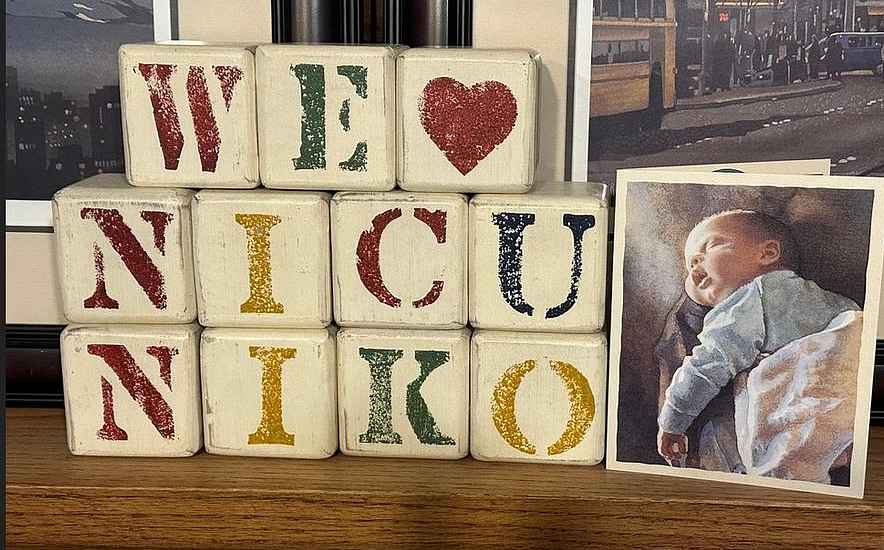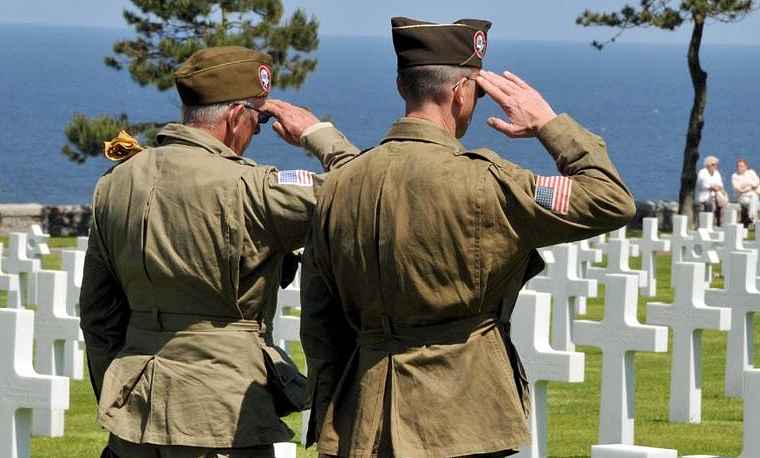






See listing of Recent and Most Popular articles on the Home Page
My World
Category: History / Topics: History • Holidays • Memorial Day • War
6 Misconceptions About World War II
Posted: May 24, 2024
Did kamikaze pilots really volunteer? Did the U.S. really declare war against the Axis powers directly after Pearl Harbor? We’re debunking some of the most common misconceptions about World War II…
Editor's Note: Memorial Day is not only a time to remember thoe who dies in battle, but for recalling memories from those conflicts. Not all stories are accurate, of course, as Jake Rossen pointed out in a piece on Mental Floss. Here is an excerpt of this report. Following the link at the bottom of hte page to readh his full article.
1. Misconception: The Polish used horses to charge German tanks.
When Nazi Germany invaded Polanddeclaring on September 1, 1939, the Polish stood their ground in the Pomeranian village of Krojanty and met a German infantry with a cavalry, which, by definition, involves men on horseback. Polish forces were actually able to force the German battalion to scatter, but then the Germans summoned machine guns, which turned the tide. The Polish suffered losses, though the confrontation allowed them time to retreat. By that point, the Germans had also gathered tanks, and German and Italian journalists arriving on the scene made some inferences—namely, that the Polish had pitted pony against panzer to their everlasting regret. . . .
2. Misconception: The Nazis were a fully mechanized fighting force.
The story about Polish horses fighting tanks lent weight to the idea that Nazi Germany was on the cutting edge of military weaponry and technology. Allied forces that ran up against German opposition were in for some intimidating displays of pure firepower. The so-called “ Nazi war machine” supposedly produced a dizzying array of machinery designed to make the enemy explode with devastating efficiency. . . .
3. Misconception: The U.S. declared war on the Axis Powers because of Pearl Harbor.
On December 7, 1941, Japanese forces carried out a surprise attack on the Pearl Harbor naval base near Honolulu, Hawaii. Hundreds of Japanese planes damaged 20 American vessels and caused the deaths of more than 2400 Americans. It’s believed this assault motivated the United States to join the fight, even though the war had been going on for the past two years. President Franklin Roosevelt even declared war the very next day, December 8. So, it had to have been Pearl Harbor, right? . . .
4. Misconception: All the POW Camps were outside of the United States.
When we think of World War II, we tend to conceptualize it as being far removed from American soil. Even Pearl Harbor was 2000 miles from the mainland.
You may know that Japanese Americans were held in so-called “ relocation centers” on U.S. soil, a euphemistic term for the rounding up of 120,000 people who weren’t charged with disloyalty and had no method to appeal their loss of property and personal liberty, a heinous violation of their civil rights. But even if we restrict the conversation to enemy combatants who were legitimate prisoners of war, it’s worth noting that actual German soldiers stepped foot in the United States.
5. Misconception: Bombing Hiroshima and Nagasaki saved 1 million American lives.
The atomic bombs dropped on the Japanese cities of Hiroshima and Nagasaki represented a huge evolution in how wars could—or should—be fought. Obviously, a nuclear weapon that could decimate such a large area and create civilian casualties introduced a lot of philosophical and moral issues. American military leaders argued its use ended the war early and may have spared up to 1 million American lives. Remember: At least 80,000 people died in Hiroshima, with 40,000 perishing during the bombing of Nagasaki three days later, and those numbers don’t even include those that died due to radiation poisoning later. . . .
6. Misconception: Kamikaze pilots were volunteers.
One of the most dramatic components of World War II was the presence of Japanese kamikaze pilots who intentionally dove their fighter planes into American warships in an effort to disable or destroy them, even if it meant their own death. Kamikaze, which means “divine wind,” has come to be associated with any act of self-sacrifice for a perceived noble cause. . . .
Read more details on each misconception from Jake Rossen's full article on Mental Floww
Search all articles by Jake Rossen
Posted: May 24, 2024 Accessed 510 times
![]() Go to the list of most recent My World Articles
Go to the list of most recent My World Articles
![]() Search My World (You can expand the search to the entire site)
Search My World (You can expand the search to the entire site)
![]() Go to the list of Most Recent and Most Popular Articles across the site (Home Page)
Go to the list of Most Recent and Most Popular Articles across the site (Home Page)
 Loading requested view...
Loading requested view...